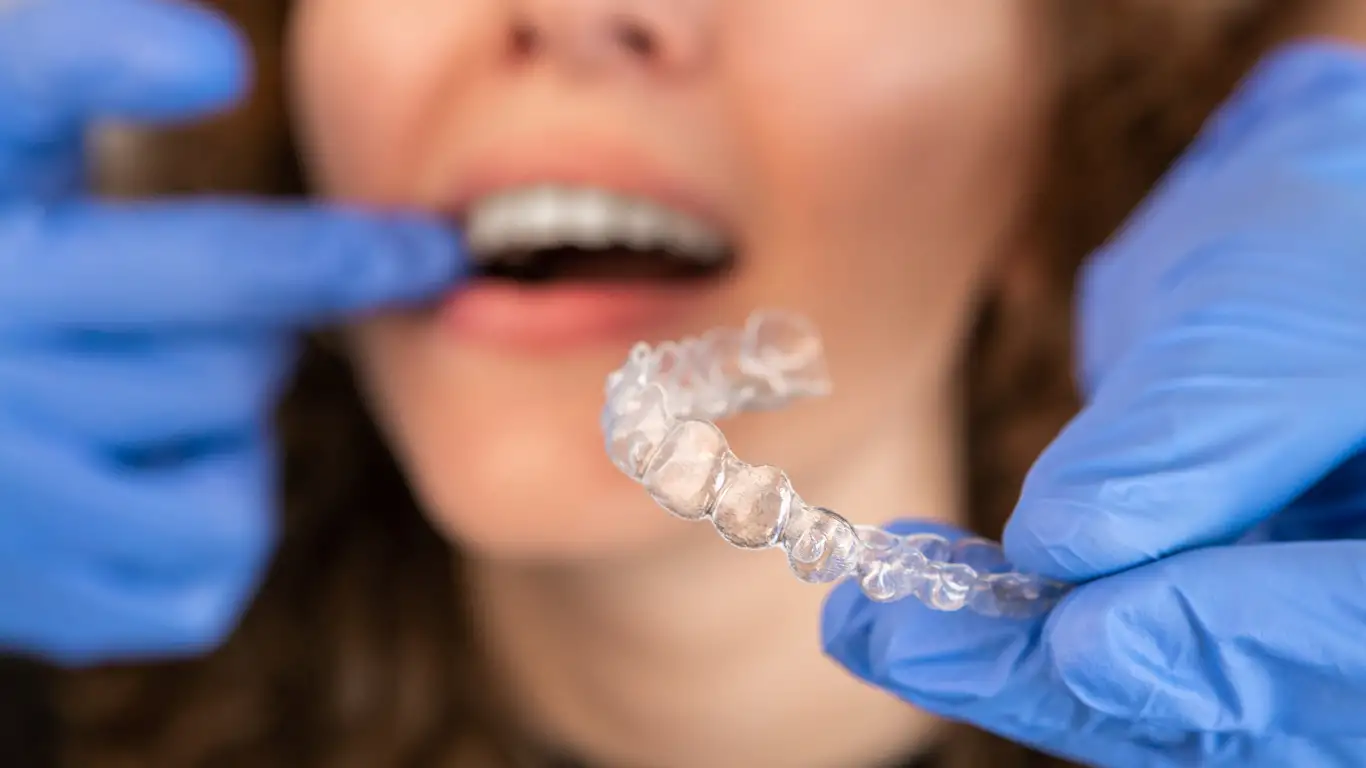Learn More About Orthodontic Treatment Options That Fit Your Needs
Orthodontic treatment isn’t just for teens anymore. Today’s options are more comfortable, discreet, and flexible than ever before—making it easier to achieve a straighter, healthier smile at any age. From traditional braces to clear aligners and hybrid systems, you have more choices than ever when it comes to correcting bite issues, overcrowding, and misalignment. Explore how modern orthodontics can fit your lifestyle, budget, and treatment goals.

Types of Orthodontic Treatments Available Today
Orthodontic care has expanded well beyond traditional metal braces. Today’s patients can choose from several effective treatment options depending on their specific dental needs. Metal braces remain the most common and often the most cost-effective option, utilizing brackets and wires to gradually move teeth into proper alignment. Ceramic braces function similarly to metal braces but use tooth-colored or clear materials to blend more naturally with your teeth. Clear aligners, such as Invisalign, consist of transparent, removable trays that gradually shift teeth without the need for brackets or wires. For more complex cases, lingual braces (attached to the back of the teeth) or self-ligating braces (which don’t require elastic bands) might be recommended. Each treatment type offers unique advantages, and your orthodontist can help determine which option best addresses your specific dental concerns.
Clear Aligners vs Metal Braces: Making the Right Choice
When deciding between clear aligners and traditional metal braces, several factors come into play. Clear aligners offer aesthetic advantages, being nearly invisible when worn. They’re also removable, allowing for easier eating and cleaning. However, they require consistent discipline to wear 20-22 hours daily and may not be suitable for complex orthodontic issues. Metal braces, while more visible, offer precise control for treating severe misalignments and don’t rely on patient compliance to the same degree. They’re generally more effective for complex bite issues and significant tooth rotations. Treatment time can vary between the two options, with metal braces sometimes working more quickly for certain conditions. Your lifestyle, treatment complexity, and personal preferences should all factor into this decision, which is best made in consultation with your orthodontist after a thorough evaluation.
Cost of Braces and Aligners: Financial Considerations
Orthodontic treatment represents a significant investment in your dental health. Traditional metal braces typically range from $3,000 to $7,000 for a full treatment course. Ceramic braces generally cost more, with prices between $4,000 and $8,000. Clear aligners like Invisalign usually fall in the $4,000 to $8,000 range, depending on treatment complexity and duration. Lingual braces, which attach behind the teeth, represent the most expensive option at $8,000 to $12,000. Many orthodontists offer payment plans to make treatment more affordable, typically spreading costs over the duration of treatment with monthly payments.
| Treatment Type | Average Cost Range | Insurance Coverage |
|---|---|---|
| Metal Braces | $3,000-$7,000 | Often partially covered |
| Ceramic Braces | $4,000-$8,000 | Often partially covered |
| Clear Aligners | $4,000-$8,000 | Sometimes partially covered |
| Lingual Braces | $8,000-$12,000 | Sometimes partially covered |
| Self-Ligating Braces | $3,500-$8,000 | Often partially covered |
Prices, rates, or cost estimates mentioned in this article are based on the latest available information but may change over time. Independent research is advised before making financial decisions.
Adult Orthodontic Care Options: It’s Never Too Late
Adult orthodontic treatment has increased dramatically in recent years as more grown patients seek to improve their smiles. While childhood remains an ideal time for orthodontic intervention, adults of any age can benefit from treatment. Adult options include all the same treatments available to younger patients—metal braces, ceramic braces, lingual braces, and clear aligners. Many adults prefer less visible options like clear aligners or ceramic braces for professional settings. Treatment for adults may take somewhat longer than for adolescents since adult bones have stopped growing, but results are equally effective. Some adults may have additional considerations, such as existing dental work (crowns, bridges) or periodontal (gum) issues that need to be addressed before or during orthodontic treatment. Many orthodontists now specialize in adult treatment, creating treatment plans that accommodate busy professional schedules while delivering excellent results.
How Long Orthodontic Treatment Takes: Setting Expectations
The duration of orthodontic treatment varies significantly based on several factors. Simple alignment issues might be corrected in as little as six months, while more complex cases involving bite correction can take two to three years. On average, most patients wear braces or aligners for 18 to 24 months. Treatment type also affects duration—traditional braces sometimes work faster than aligners for certain movements. Patient compliance plays a crucial role, especially with removable aligners that must be worn consistently. Age is another factor, as children’s and teenagers’ growing jaws often respond more quickly to treatment than fully developed adult jaws. Regular appointments for adjustments (typically every 4-8 weeks) are essential to keep treatment on schedule. Your orthodontist should provide a personalized estimate of treatment length during your initial consultation, though this timeline may adjust as treatment progresses and your teeth respond to the applied forces.
Maintaining Results After Treatment Completion
After completing orthodontic treatment, retention becomes crucial to maintaining your new smile. Most orthodontists prescribe retainers to be worn full-time initially, then nightly indefinitely. Without proper retention, teeth have a natural tendency to shift back toward their original positions. There are several retainer options, including removable clear retainers, traditional wire retainers, or permanent bonded retainers attached behind the teeth. Regular dental check-ups and good oral hygiene practices are essential during and after orthodontic treatment. Many patients find that their improved alignment makes cleaning easier and reduces the risk of dental problems in the future. The investment in orthodontic treatment can last a lifetime with proper maintenance and follow-up care.
This article is for informational purposes only and should not be considered medical advice. Please consult a qualified healthcare professional for personalized guidance and treatment.




